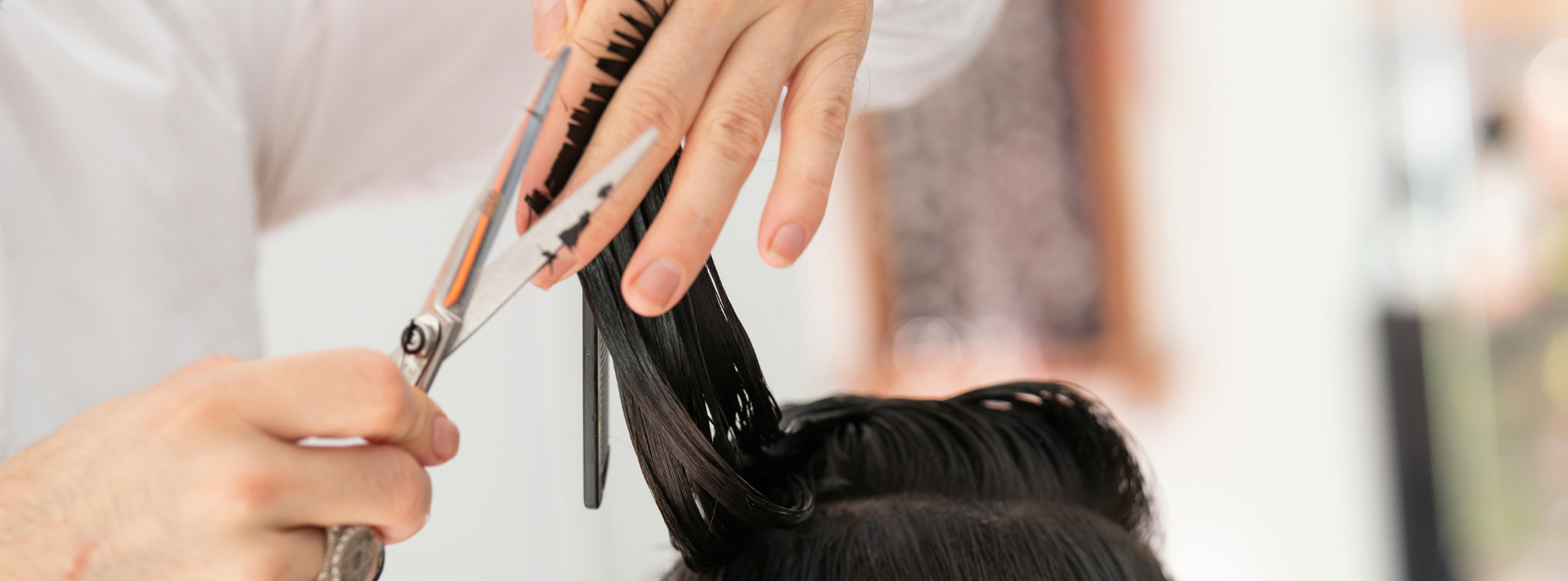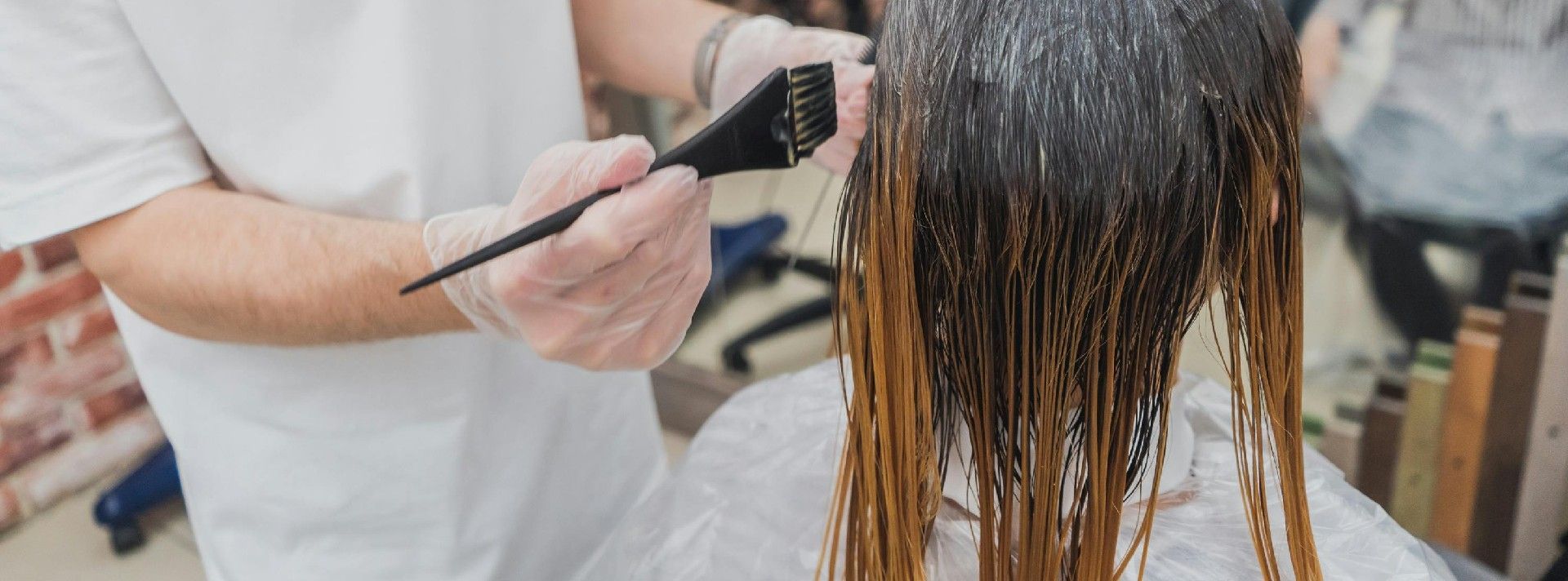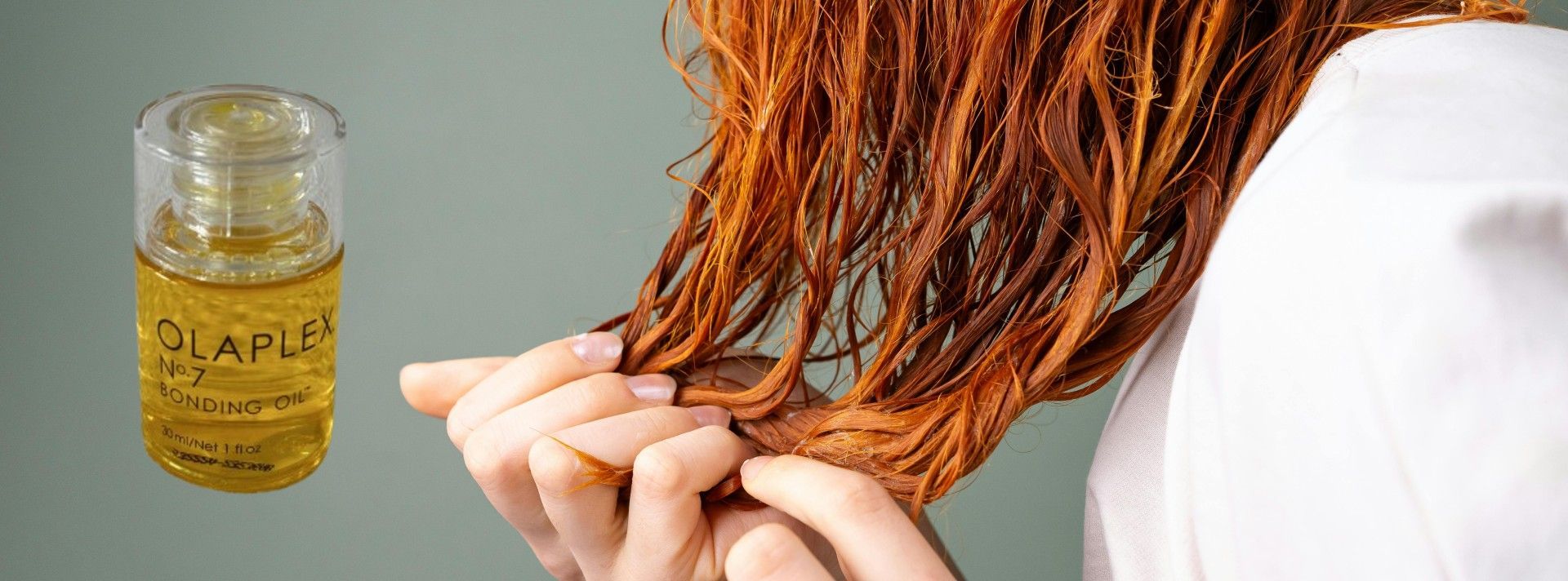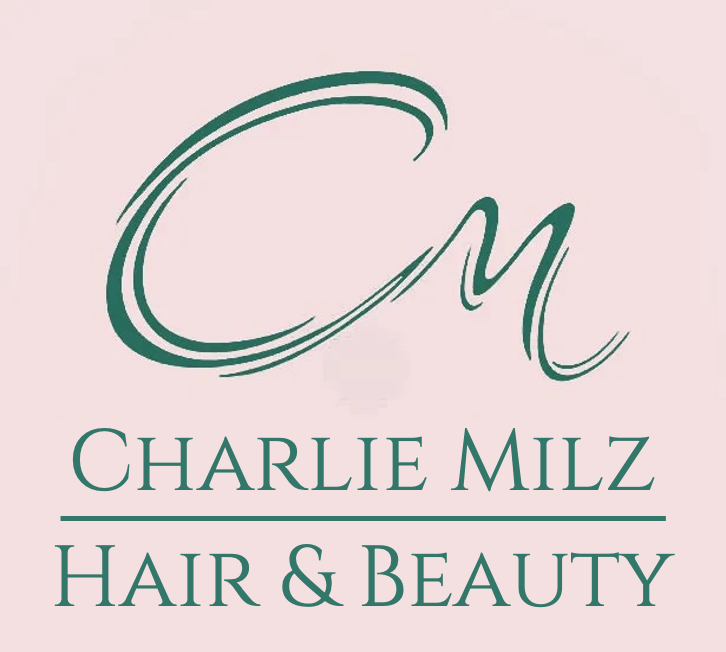What is Hair Glossing? The New Treatment Unlocked
Hair glossing has become a popular treatment among those looking to enhance their hair's shine, smoothness, and overall health without committing to permanent colour or harsh treatments. This quick, often underrated procedure can transform dull, lacklustre hair into glossy, vibrant strands in just a single session. If you’re considering hair glossing, here’s a comprehensive look at what it is, how it works, and whether it’s right for you.
What is Hair Glossing?
Hair glossing is a semi-permanent hair treatment that enhances the natural or colour-treated hair by adding a sheer layer of gloss. Typically available in both clear and tinted forms, a hair gloss works to boost shine, neutralise unwanted tones (such as brassiness in blondes), and add subtle colour enhancement. The formula used is generally ammonia-free and far gentler than traditional dyes, making it an attractive option for those seeking colour maintenance or simply a quick shine boost.
Clear glosses serve as a conditioner, providing shine and smoothing the hair cuticle, while tinted glosses add a hint of colour. This tint fades gradually, allowing hair to maintain a fresh appearance without the harsh regrowth line that permanent dye can create.
Does Hair Glossing Damage the Hair?
No, hair glossing is not considered damaging. Unlike traditional hair dyes, glosses are free from ammonia and other harsh chemicals that can weaken hair. Instead, they are formulated with conditioning agents that help improve hair texture and shine. In fact, many gloss treatments help seal the hair cuticle, creating a protective barrier that reduces frizz and improves overall hair manageability.
A gloss treatment can be a gentle alternative to colour, which makes it popular for people looking to keep their hair healthy and vibrant between salon visits. Since the effects are temporary, a gloss can be applied regularly without causing the damage associated with repeated permanent dyeing.
How Long Does Hair Glossing Last?
Hair glossing results are typically semi-permanent, meaning they gradually fade over time. On average, a gloss treatment lasts anywhere from 4 to 6 weeks, depending on factors like the type of gloss, the condition of the hair, and the washing routine. Glosses do not penetrate the hair as deeply as permanent dyes, so they tend to wash out gradually with each shampoo.
The lasting power of a gloss can also vary based on whether it was applied at home or professionally. High-quality salon glosses tend to be more long-lasting due to their stronger formulations, while at-home glosses might require more frequent applications to maintain the effect.
Can Any Hair Type Use Hair Glossing Products?
Yes, hair glossing is suitable for all hair types, from fine to thick, curly to straight, and natural to treated and dyed hair. While those with coloured hair often turn to glossing to extend their colour’s efficacy, natural hair can also benefit from the treatment’s shine-enhancing effects.
People with frizzy or coarse hair types may find glossing particularly helpful, as the treatment smooths the hair cuticle, reducing frizz and giving a sleeker appearance. Whether your goal is to manage flyaways, boost natural shine, or maintain a vibrant colour, a gloss treatment can work across hair types and textures.
Are At-Home Glossing Treatments as Effective as In-Salon Treatments?
At-home glossing products have gained popularity for their convenience and affordability, and many brands offer high-quality formulations that deliver impressive results. However, there are differences to consider between at-home treatments and professional glosses applied in a salon setting.
Salon gloss treatments typically last longer, with stronger formulas and precise colour-matching options. A professional stylist can also customise the treatment to your hair’s specific needs, ensuring the right shade and intensity. At-home glosses are effective but may not have the same staying power, requiring more frequent application.
For those seeking a clear, shine-boosting gloss, at-home treatments can work well. If you’re looking for a colour-correcting gloss, however, or have very light or bleached hair, it may be better to consult a professional for optimal results.
There’s also application to consider. How well the gloss is applied to your hair can vary from a novice at home to an expert.
Can Hair Glossing Fix Damaged Hair?
While hair glossing does not repair damage on a structural level, it can significantly improve the appearance and feel of damaged hair. By sealing the cuticle, glossing treatments create a smoother surface that reflects more light, making hair appear healthier. This temporary solution can disguise split ends, frizz, and roughness.
Many gloss products are enriched with conditioning ingredients, providing a short-term boost of moisture and smoothness. However, hair glossing should not replace regular conditioning and deep treatment practices for genuinely damaged hair.
How to Maintain Hair Glossing Results
To prolong the effects of a gloss treatment, consider these maintenance tips:
Use Sulphate-Free Shampoos: Sulphates can strip the hair, causing colour and gloss to fade faster. A sulphate-free shampoo is gentler and can help maintain the treatment longer.
Limit Heat Styling: Excessive heat styling can damage the hair’s cuticle, leading to dullness and quicker fading. If you do use heat, be sure to apply a heat protectant.
Deep Condition Regularly: Incorporate a deep conditioning treatment into your routine to maintain softness and shine, especially if your hair tends to be on the drier side.
Avoid Excessive Washing:
Frequent washing can strip gloss treatments faster. Try to space out washes if possible, using dry shampoo as needed to keep hair fresh between washes.
Why Glossing is so Popular – Key Takeaways
- Hair glossing is a semi-permanent treatment that enhances shine and smooths hair, suitable for natural and dyed hair.
- It does not damage the hair and may, in fact, improve its appearance by sealing the cuticle and providing a protective layer.
- Results typically last 4 to 6 weeks, with professional treatments often lasting longer than at-home applications.
- All hair types can benefit from hair glossing, especially those seeking frizz control or shine enhancement.
- At-home glossing products offer a convenient alternative to salon treatments but may need more frequent reapplication.
- Incorporating hair glossing into your routine can be a fantastic way to keep your hair looking fresh, vibrant, and healthy without the commitment (and potential damage) of permanent colour.
Whether you’re new to glossing or a seasoned fan, this treatment offers a quick, low-commitment boost to any hair care regimen and is recommend for beautiful results.
For more information on glossing and other hair smoothing treatments, reach out to our dedicated team of hair experts, ready to service you.
You may also be interested in...





